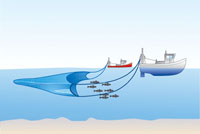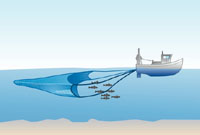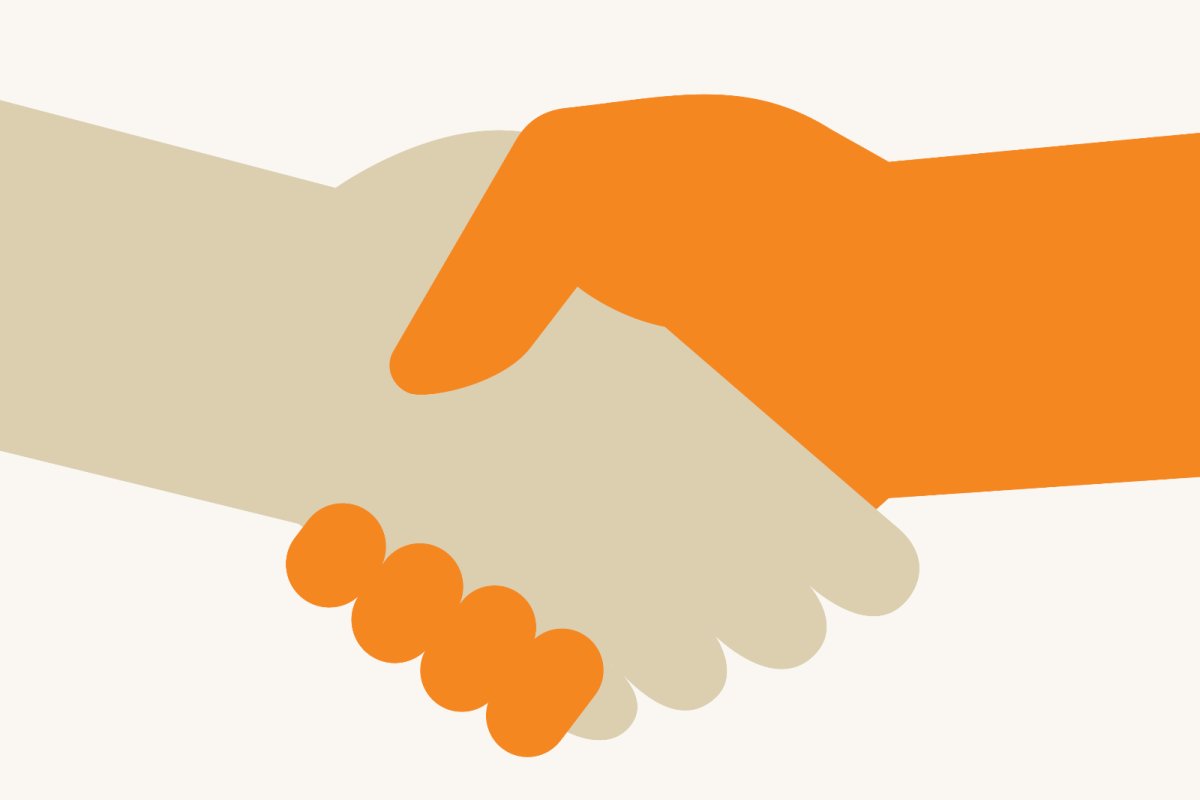 Fish that live in the upper water column of the ocean are targeted by pelagic/ mid-water trawls. The funnel-shaped trawl nets are hauled by either one or two boats (pair trawls).
Fish that live in the upper water column of the ocean are targeted by pelagic/ mid-water trawls. The funnel-shaped trawl nets are hauled by either one or two boats (pair trawls).
Pelagic boats generally fish for a single species (unlike the demersal trawls). On very large vessels, fish such as herring and mackerel are pumped onboard the vessel through a large pipe placed in the end of the net.
Smaller vessels bring nets onboard. Once captured, the fish is either kept chilled on board or processed and deep-frozen at sea.
 Examples of target species
Examples of target species
- Hoki, herring and mackerel
Environmental summary
- Habitat damage - pelagic trawls don’t come into contact with the seabed so are not associated with damage to marine habitat.
- Bycatch of vulnerable species - pelagic trawls may unintentionally catch vulnerable species. An example is pair trawls that target seabass in the English Channel. This fishery has been under scrutiny for catching dolphins as they trawl.
- Discards - pelagic trawling for a particular species can be associated with capture of non-target fish and other marine life and the accidental catch and discarding of juvenile commercial fish species can impact on these populations. However, bycatch levels are typically lower than in demersal trawls.
Mitigation
In the UK an industry-science partnership programme is investigating technical measures to reduce bycatch of juvenile mackerel and improve fuel efficiency in pelagic trawls. Certain waters in the UK have been closed to pair-trawling to prevent dolphin bycatch, but is still permitted in other areas of the Channel.
Good Catch: Good Catch provides practical information for chefs, caterers and restaurateurs, making it easier for them to serve more sustainable seafood.
